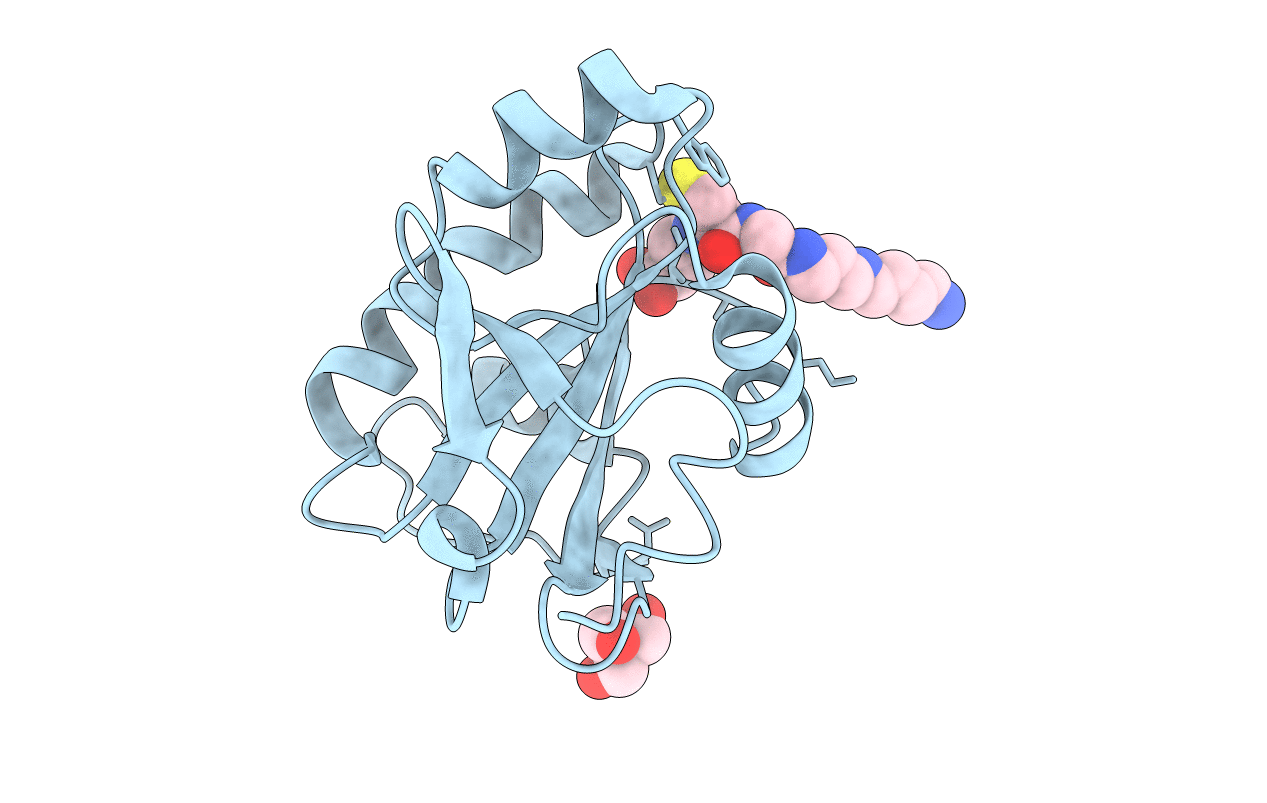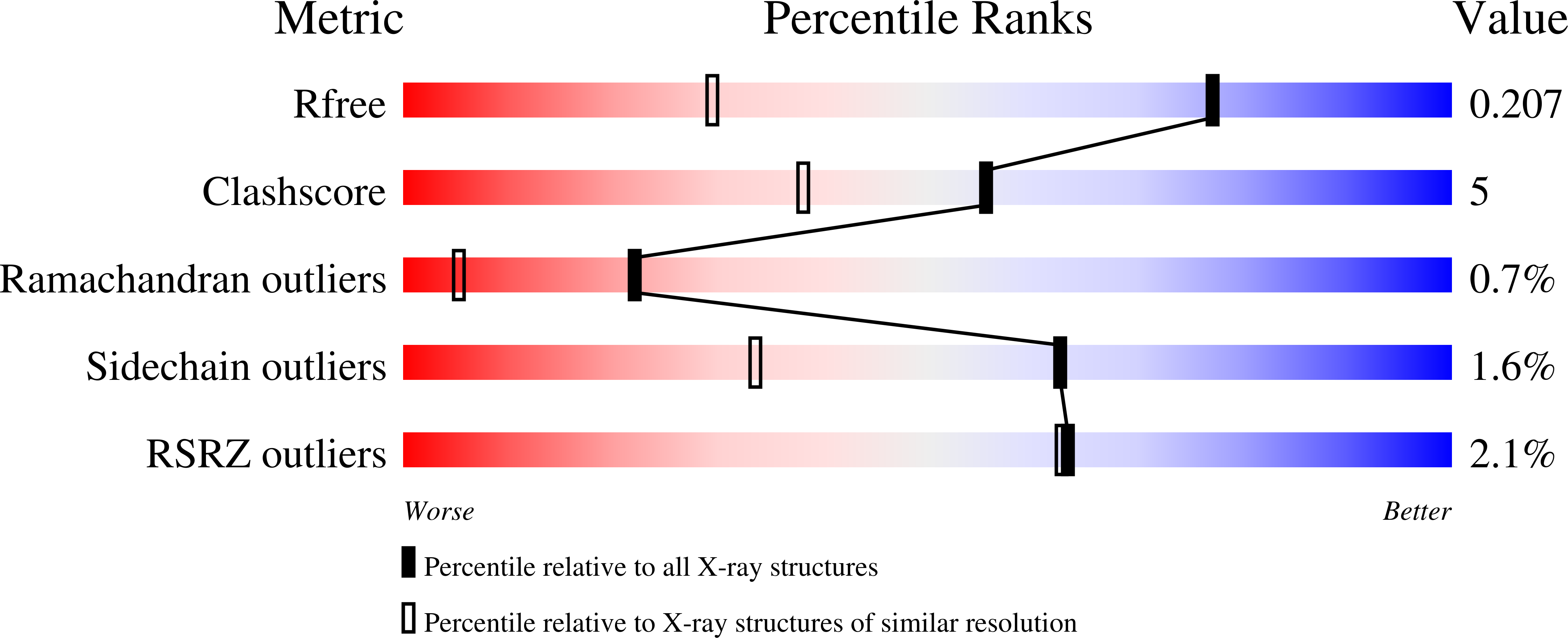
Deposition Date
2001-02-27
Release Date
2001-03-14
Last Version Date
2024-11-20
Entry Detail
PDB ID:
1I5G
Keywords:
Title:
TRYPAREDOXIN II COMPLEXED WITH GLUTATHIONYLSPERMIDINE
Biological Source:
Source Organism:
Crithidia fasciculata (Taxon ID: 5656)
Host Organism:
Method Details:
Experimental Method:
Resolution:
1.40 Å
R-Value Free:
0.20
R-Value Work:
0.16
R-Value Observed:
0.17
Space Group:
P 21 21 21


